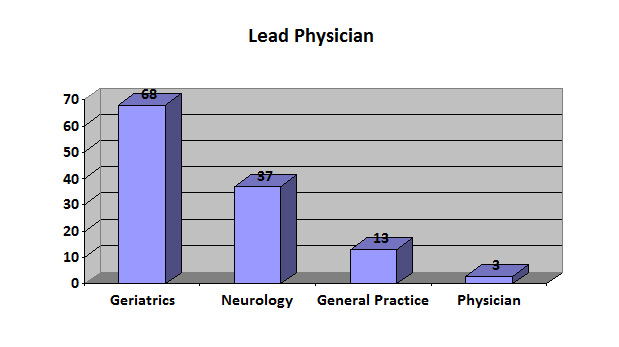Lakes District Health Board is located in the central North Island of New Zealand. The population is 103,920 people, with 16,050 over the age of 65, and covers an area of 9,570 square kilometres.
For my project, as part of the Parkinson’s Academy MasterClass course, I wanted to calculate the estimated number of patients with Parkinson’s disease within Lakes District Health Board, and find as many cases as possible.
Given the known prevalence of Parkinson’s disease is 1% in over 65’s, or 120-180 per 100,000 population, I estimate there should be up to 187 patients with Parkinson’s disease in our region.
To find known cases, I used several sources to gain patient details, and then used the hospital electronic records. The hospital coders were able to attain a list of all patients admitted to Rotorua hospital with Parkinson’s disease in the last five years. The local Parkinson’s foundation field worker also identified patients she had been referred. I used the electronic record to identify patients seen in geriatric and neurology clinics in the last year. Unfortunately I was unable to gain consent to access the GP database.
I identified a total of 120 patients with Parkinson’s disease. The age rage was 48 years to 92 years, with an average age of 74 years. Sixty percent of patients were male. Only 13% of patients were living in residential care. Most patients (89%) were followed up by a specialist; though this is likely to be an overestimation given I was unable to access GP records. Sixty three percent were known of the Parkinson’s foundation field worker.

Of the sixty or more patients that I was unable to identify, I believe some are receiving care through a private neurologist, but many are likely only known to their general practitioner, or are undiagnosed. Some are likely in residential care homes.
The list of patients obtained from the hospital coders included forty patients who had died. As a side project I wanted to look at end of life for patients with Parkinson’s disease in our community. In the six months preceding death, only eleven patients (27.5%) were not admitted to hospital, and half had two or more admissions. Forty two percent were admitted for their last illness, though most were discharged for palliative care in the community. Only 3 patients with Parkinson’s disease died in hospital. At time of death 80% were living in residential care facilities.
From this data I conclude that there is a missed opportunity for advanced care planning to prevent hospitalisation and improve palliative care at end of life for our patients with Parkinson’s disease.
